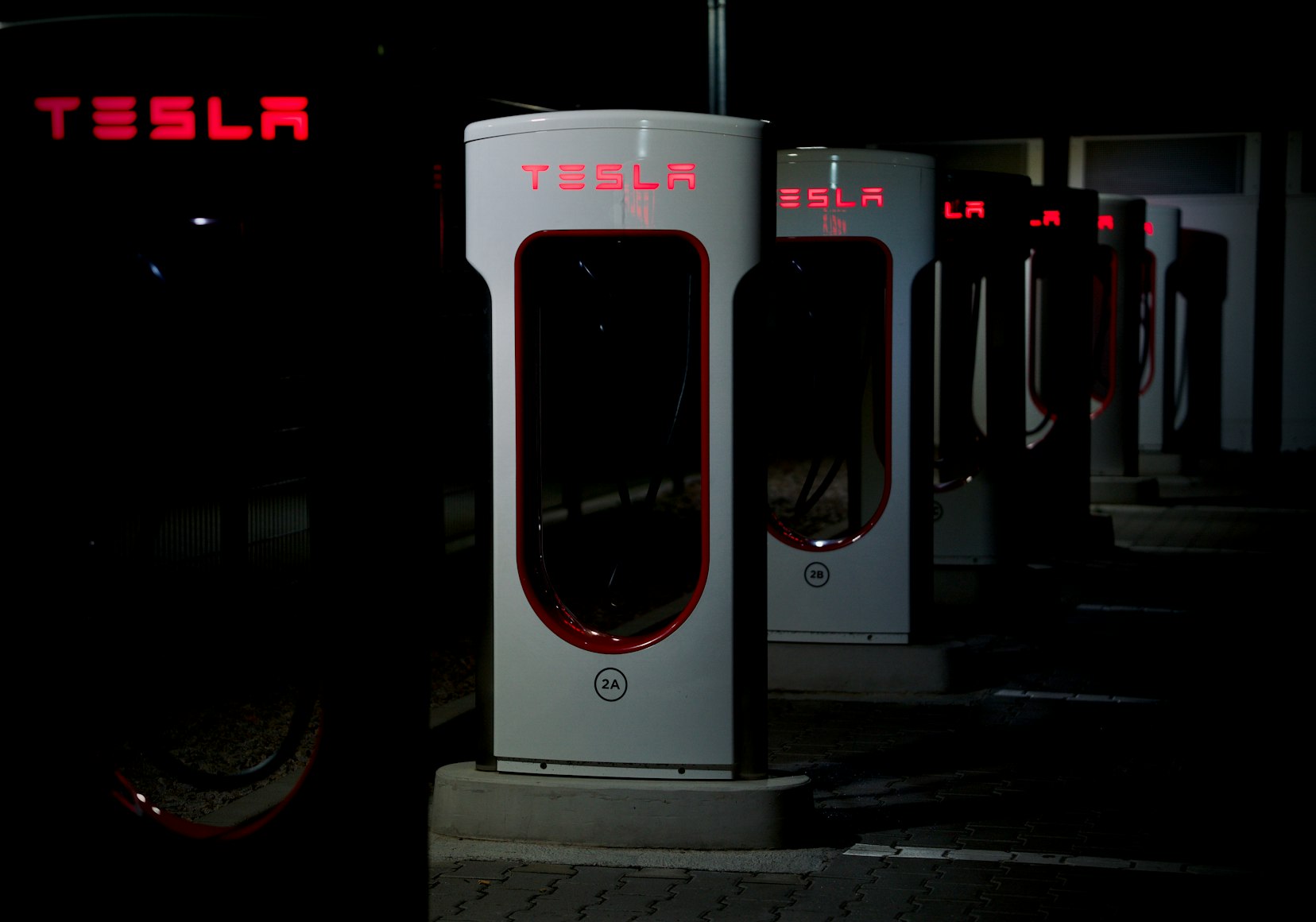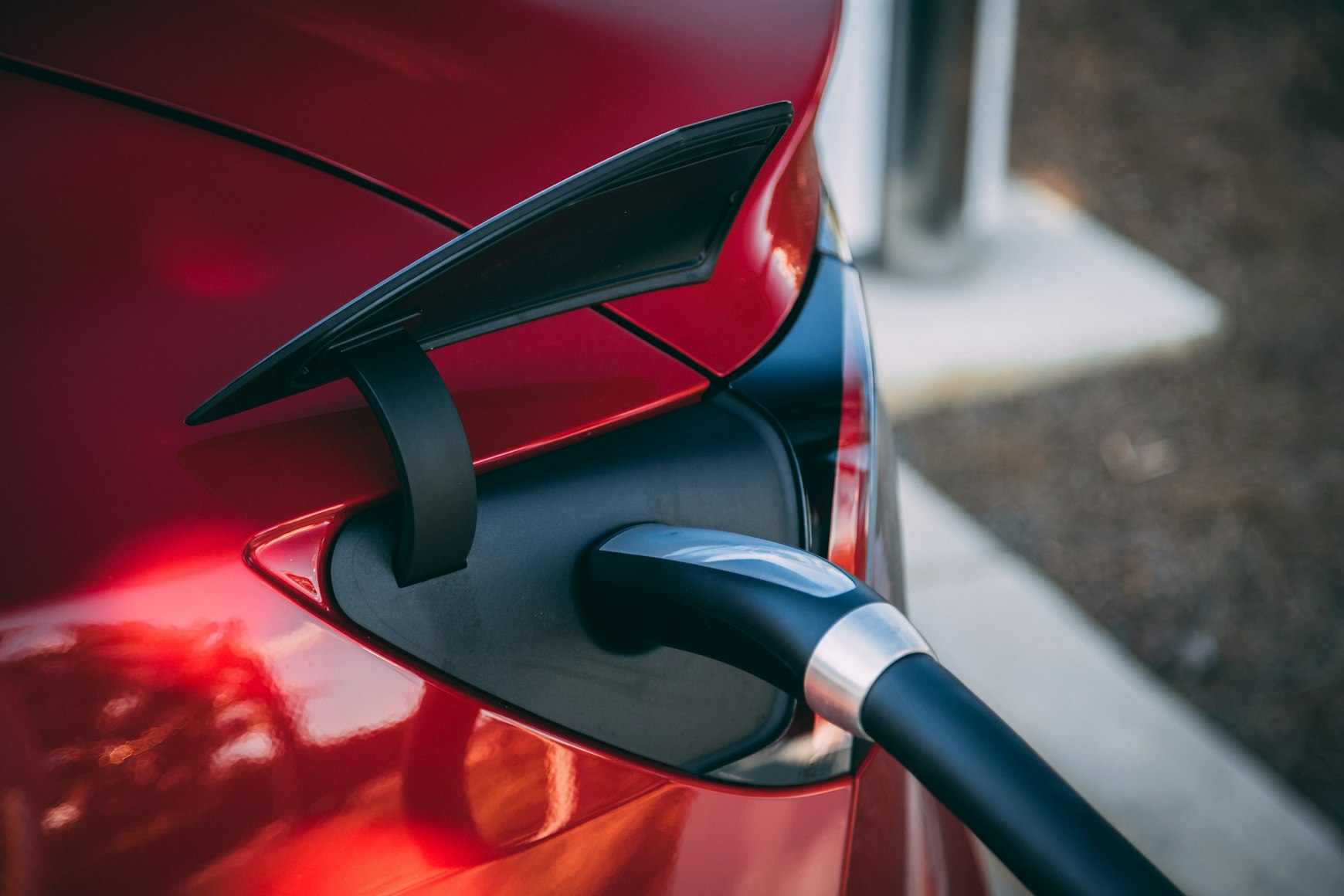
Clean Vehicles and their Not-So-Clean Track Records
In the wake of the passing of H.R. 5376 (117), also known as the “Inflation Reduction Act of 2022” (IRA), by Senate Democrats, electric vehicles (EVs) have reentered the spotlight. Finding ‘cleaner’ methods of transportation in an age where climate change is becoming increasingly concerning, and as conventional vehicles pump out large amounts of carbon dioxide emissions (three billion metric tons in 2020), EVs appear ‘greener’ in the sense that the emissions from their use are fractional, even when including the emissions produced when generating electricity to charge EV batteries. The EPA even has a myth-debunking page showing that all factors included (end-of-life disposal, maintenance, and production of electricity), EVs emit less than half of the greenhouse gases that conventional cars emit. However, these statistics are used to distract environmentally conscious consumers from, or ‘greenwash,’ the myriad negative consequences of pushing for global EV usage: ethical concerns, environmental destruction during the mining of materials for the batteries themselves, and accessibility to EVs for the average consumer are not generally highlighted the way that the benefits of driving battery-powered cars are. Greenwashing is a term used to describe how companies market themselves with environmentalism in mind despite not truly minimizing their environmental impact, and EV companies like General Motors and Tesla are no exception.

Regardless of the reduction in emissions by EVs in comparison to conventional vehicles, producing batteries for EVs takes a large toll on the environments in which materials are extracted. Rare minerals such as cobalt are necessary to create the lithium-ion batteries that drive our EVs as well as run much of our electronics. Much of the cobalt that we use comes from the Democratic Republic of the Congo (DRC) which provides 70% of the global total. Mining cobalt often involves razing entire stretches of settled villages, as well as exposing nearby residents to toxic dust that is linked to disease and birth defects. Lithium-ion batteries are regarded as the key to a greener future, but their production essentially outsources our pollution to impoverished nations. Aside from environmental impacts, cobalt mining in the DRC is laced with human rights abuses. Most mining sites are patrolled by local militias and prevent ethical standards from being certified. Some cobalt is mined under the supervision of large mining companies with machinery, yet almost a third is mined by ‘informal workers’ by hand with no safety equipment in tunnels that frequently collapse. Even more horrifying is the fact that almost a fifth of the informal workers are children as young as six years old; combined with frequent accidents, this has earned cobalt extracted by informal workers the name “blood cobalt.” Even under the supervision of larger mining companies, child labor is still rampant. For under $2 a day, impoverished Congolese families’ children may be coerced into cobalt mining; the degree to which the labor is leveraged over extreme poverty and starvation wages is adjacent to enslavement, as children are deprived of their childhoods, their safety, and their humanity for an extra source of income for their families. While efforts have been made to end child labor and unethical practices in the DRC, an increase in demand for cobalt to produce more EV batteries would likely diminish the influence of ethicality efforts as ‘artisanal’ cobalt mining would become more lucrative. Choosing to not buy EVs just because their batteries may use blood cobalt does not make one innocent, as cobalt is likely present in whatever device you read this article on.
The IRA’s attempts to tackle the lack of accessibility to EVs via tax rebates are a step in the right direction, but it remains to be seen whether these rebates will actually be effective in moving the general public from gas-powered to electricity-powered vehicles. Currently, most EVs are bought new and are a status symbol, ranging anywhere from $25 to $50 thousand for entry-level models. Most members of the U.S. working class cannot afford to spend 50-90% of their salaries on a new, bare-bones EV when they can find a used gas-powered car for a fraction of the price with more features. While the tax rebates are substantial ($7500 for new vehicles and $4500 for used vehicles), older vehicles can last decades with proper upkeep and maintenance and this is often more cost-effective than spending tens of thousands on an EV. Aside from the price aspects, charging EVs can often be a hassle that consumers may not be willing to pay the premium cost for. While EVs can be charged with a regular 120-volt wall outlet, this only gives about 10-20 miles in an hour of charging. Fast-charging stations that can give about 60 miles in under 20 minutes are expanding across the U.S., but may not be as accessible in rural areas; many prefer the convenience of a full tank of gas in five minutes. Fast-charging stations are most accessible in metropolitan areas but in most of these areas, working-class Americans can take public transportation (which is cheaper, faster during rush hour, more environmentally friendly, and often safer than being in a car). Currently, when traveling outside of metropoles cars are more convenient, but the issue of cars being a necessity in suburban and rural areas could be ameliorated with walkable areas and expansion of public transportation instead of tax rebates that could take several decades, decades we may not have to spare in the fight against climate change, to tangibly reduce global carbon emissions. Transcontinental railways, for example, as well as more localized railways for rural areas would be faster and safer than driving, cheaper than taking a plane, and have fewer emissions than both per passenger. As a result, it remains to be seen whether the various negatives that come along with personal vehicles can truly be eradicated (à la electric vehicle) in a more efficient manner than shifting to nationwide public transportation infrastructure completely.

Knowing the various consequences of seemingly green tech, many consumers feel helpless knowing that they are either polluters or exporting suffering to other humans and their environments. Currently, we do not have any perfect options that both reduce our own emissions at an accessible price and do not involve child labor and the exploitation of the impoverished. The best we can do as consumers is to research how we can reduce our emissions, do what is best for our personal situations, and urge our lawmakers to attack problems at the roots rather than slowly moving us off of the poisoned fruit. Greenwashing allows us to neglect a sense of responsibility, and as a society it would do us better to see our problems as they really are and take responsibility to create a truly greener world for everyone, not just the richer citizens of developed nations.